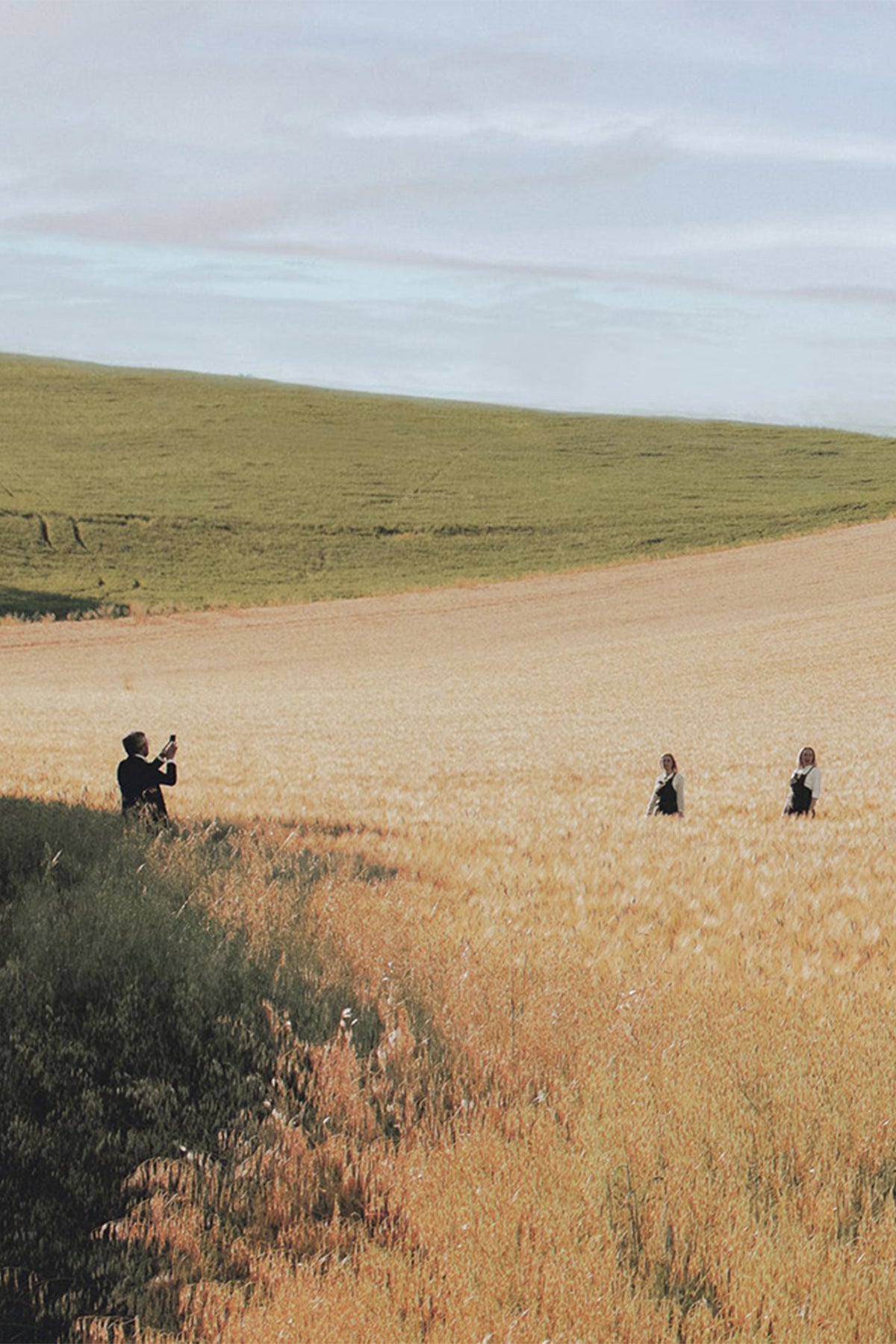Kensuke Koike and The Art of the Postcard
Japanese-born and Italy-based artist Kensuke Koike has always been a passionate collector and admirer of vintage postcards and photographs. This fascination began in his childhood. “Twenty-seven years ago, I traveled to Italy for the first time via a school exchange program. The first thing I did was send postcards to my school friends. I wrote a very long message divided across several postcards so that everyone had to bring theirs to school to assemble the entire letter. They then assembled it on a bulletin board,” he recalls.
Collecting and appreciating postcards and photographs provides a unique perspective on creativity, communication, the value of slowness, and the significance of artisanal work. The aesthetic appeal of postcards lies in their ability to encapsulate moments and memories in a tangible form. “Vintage photographs often have text on the back; they were sent to friends. There are even portrait-shaped postcards used as a kind of business card to be remembered,” Koike reflects, highlighting the personal connections these mementos foster. Despite the evolution of postcard-sending, the emotional impact remains profound. “Although communication has changed exponentially, I love the idea of sending a note about something that can't be said verbally—something more intimate. And when the postcard arrives later, the emotional impact is even stronger,” he explains.



Koike’s creative process is intricately tied to his paper Wunderkammer collection. He speaks to the uniqueness of each piece and the meticulous care required in handling them: “When I work on a project focused on a single photo, I make many copies because I only have one original and I can't afford to make mistakes cutting and modifying it.” This careful attention underscores the slow, deliberate pace necessary for true craftsmanship. In a world that often prioritizes speed and efficiency, his approach stands as a testament to the importance of taking one's time. “In my work, I take my time; in fact, until I'm satisfied, I don't touch the material because it's original. Making a mistake means ending the object’s story,” he shares, illustrating how time and patience are integral to preserving the narrative and emotional value of each piece.
This philosophy of savoring slowness extends beyond Koike’s creative work into his everyday life, blurring the lines between passion and profession. “My life and my work are almost inseparable. The best ideas come when I'm on the couch and start thinking. Most of the time, I am doing nothing to all appearances because in my mind I'm putting the puzzle pieces together until I'm happy,” he states. Such an approach challenges the contemporary notion of constant productivity, advocating instead for periods of reflection and mental rest.
The artist recognizes the intrinsic value of working with one's hands in an age dominated by digital processes. “It’s so different from working digitally because unexpected coincidences or happenstances arise. If I start playing with photos, coincidences happen that don't occur digitally,” he notes. This hands-on approach, he argues, is essential for capturing the ’happy coincidences’ that often spark innovation.
Embracing this philosophy, Koike was invited to interpret the essence of Doucal’s Fall Winter 24 collection: Ice Club - an authentic alpine experience. This art piece conjures up an ethereal journey inspired by vintage Alpine postcards and demonstrates how an image can transform as perspectives playfully shift at the touch of our hands.











